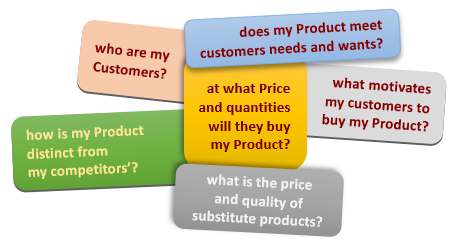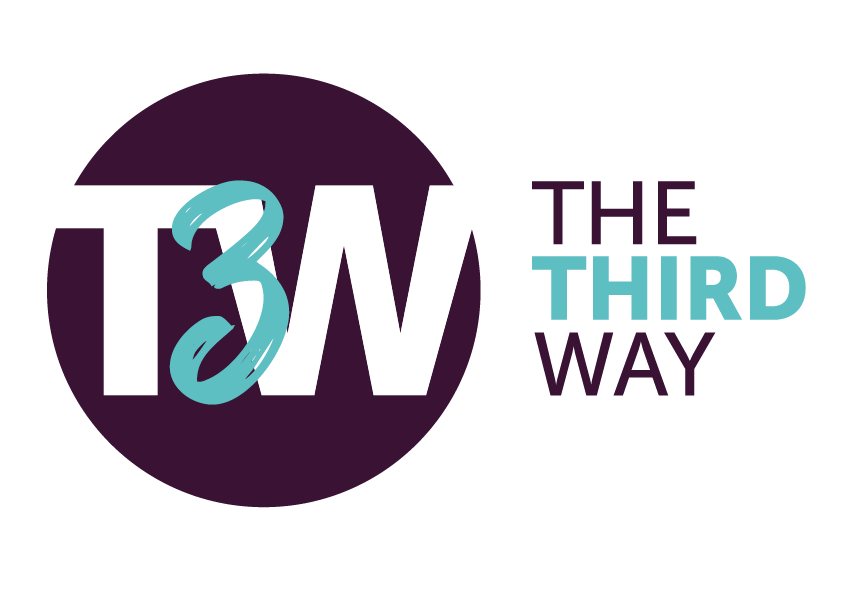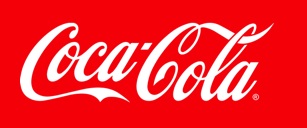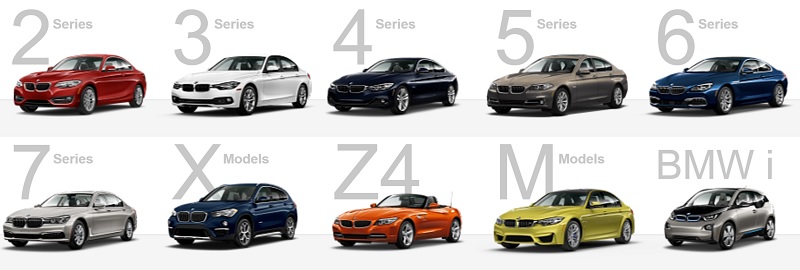Product: Brand and Product Management

Branding is essential in making your product distinct from your competitors. When the attributes that a product promises form a connection with consumers’ needs and wants, then a perception of added value is shaped in consumers’ minds which develops loyalty. The following examples illustrate how three popular brands failed to convince consumers about their choice to enter new product markets.
The hotels didn’t deliver the expected results. After two and a half years, McDonald’s shifted its focus away from such brand extension, and as a result both hotels were sold.
For example, the colour black is usually associated with power and sleekness, thus it is often used to market luxury and fashion items. Research depicts that red, orange and yellow are attention-grabber colours and tend to increase desire for fun and appetite, whereas purple is used in beauty and baby-related brands as it is associated with calmness and soothing. In the same way, bold letters in logos are related with importance and quality, whereas a square-shaped logo suggests balance and stability.
What do most successful logo designs have in common? Learn more about the elements which are common in successful logo design in order to shape a distinct brand identity.
Product packaging and shape is equally important as it should be carefully designed in order to be directly associated with your brand, ease product consumption, and enable product transportation and ease of at-home storage.
A popular product strategy in the 2000’s was Product Proliferation, whereby companies were deliberately offering to the market many variations of the same product with minor modifications, such as colour and shape variations or slightly different product features and uses (Barry, 2011)1. Good examples of this strategy can be found today in the car industry and in the personal care market.
The main goals of such a strategy are
(i) to control shelf space presence with the aim to eliminate potential competition, and
(ii) to attract a bigger market share by satisfying needs in diverse or neglected market segments. However, the vast variety of product lines tend to create confusion among consumers and adds complexity to the producer as it has to comply with high inventory costs and possible diseconomies of scale.
1 Barry, B. (2011), “Strategies to Reduce Product Proliferation”, Business Horizons, 54 (6), 551-61







